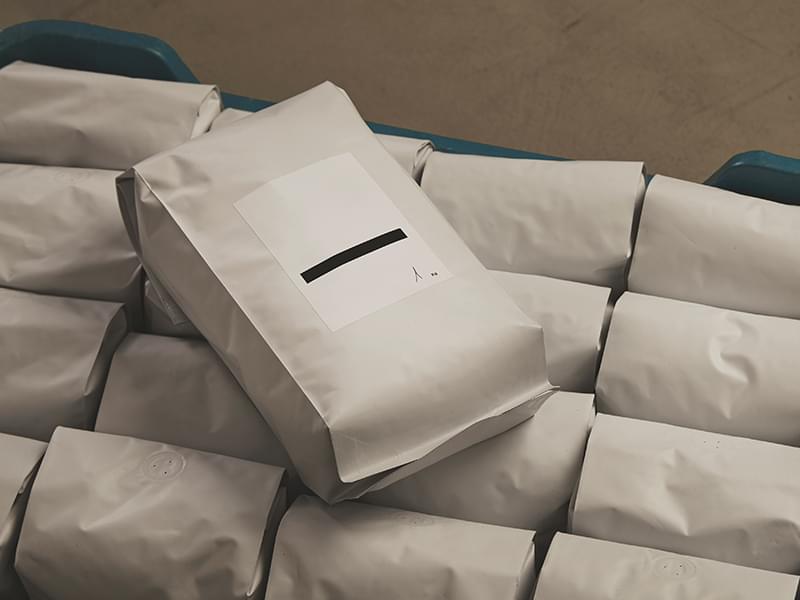In response to package waste issues, climate change and legislative activity, sustainability is now a major development area for flexible packaging design. As outlined in a new study by Smithers,
The Future of Sustainable Flexible Packaging to 2026, there are several package development strategies that are being considered to improve the sustainability of packaging. These include reductions in package weight, recyclable packaging, biodegradable packaging, sustainably sourced packaging, reusable packaging, recycled content into packaging, and investments in waste management infrastructure.
The soon-to-be-released report from Smithers reviews and compares the strategies being adopted by the flexible packaging supply chain to improve the environmental profile of flexible packaging and provides a list of actionable approaches being considered by the whole flexible packaging value chain.
These strategies will vary by geographic region due to vastly different waste management infrastructure, legislation, consumer habits and packaging forms that exist today in different parts of the world. As such, development strategies that work in one region can be ineffective in others due to these local differences.
A summary of the major strategies that are expounded on in the report are as follows:
Reduce
This strategy reduces package weight per product use to limit the amount of waste entering the environment. It is the precursor to other strategies related to the EU’s Waste Hierarchy and has been a fundamental strategy within the linear economy sustainability model. As the report period progresses, light-weighting of existing flexible packs is expected to slow as priorities shift to more circular developments. More meaningful weight-saving developments, such as rigid to flexible conversions and refill packaging, are expected to intensify.
Recyclable
For this report, recyclability is defined as packaging designed to better fit recycling infrastructure to enable more economic recovery of packaging waste. As such, recyclable packaging is an enabler of the circular economy and is part of the second element of the EU’s Waste Hierarchy. Over the five-year period covered by the report, intense efforts will take place to convert current non-recyclable flexible packs to recyclable structures to avoid pending taxation, EPR fees and bans in some countries. Many major brand owners and package suppliers have committed to have recyclable packaging by 2025.
Reuse
Reusable packaging is defined by the EU as “packaging which has been conceived, designed and placed on the market to accomplish within its life cycle multiple trips or rotations by being refilled or reused for the same purpose for which it was conceived”. Reusable packaging is the first element on the EU’s Waste Hierarchy and is being promoted to enhance the circular economy. Little activity is expected to advance reusable flexible packaging up to 2026. The strategy is best suited to robust rigid packaging, which can be easily cleaned and remains undamaged after use, collection, and refilling. However, flexibles in the form of refill packaging are likely to increase to enable reuse of rigid packaging by in-home refilling.
Recycled content
The inclusion of recycled materials back into packaging is another key strategy. It completes the circle of the circular economy and is part of the second element of the EU’s Waste hierarchy. Greater use of recycled content is expected in flexible packaging up to 2026 to meet public demand and avoid future taxation and legislative mandating of recycled content.
Sustainable sourcing
Development of non-oil-based plastics is an emerging trend, especially for plastic packaging. This strategy seeks to shift manufacturing of traditional plastics, such as PE, PP, PET and others, to more sustainably sourced starting materials such as biomass. Up to 2026, greater use of sustainable plastics is expected, though use is unlikely to move beyond single-digit percentage in flexible packaging. Recycled plastic is likely to be favoured due to greater circularity. Paper-based flexible packaging is not expected to advance greatly.
Biodegradable
Biodegradable packaging remains an important strategy for sustainable package development. It involves the use of specific materials that naturally degrade in the environment and especially in industrial composting units. According to EU legislation, composting is a recycling process and is therefore part of the second element of the EU’s Waste Hierarchy. In developed countries, biodegradable plastic packaging is not expected to advance greatly up to 2026 due to questionable circularity and unfavourable legislation. In developing countries, biodegradable packaging is seen as a short-term measure by brand owners to limit pollution and marine litter while waste management infrastructure is developed.
Waste infrastructure
Improved waste management infrastructure is needed to enhance collection, sorting, recycling and energy recovery of packaging waste, and to limit pollution. This has become a key area of focus, with numerous recent examples of infrastructure development by the packaging value chain. Investment in waste infrastructure by the package supply chain will be increasingly important to 2026. In developed countries it increases recyclate availability; in developing countries, it limits pollution.
